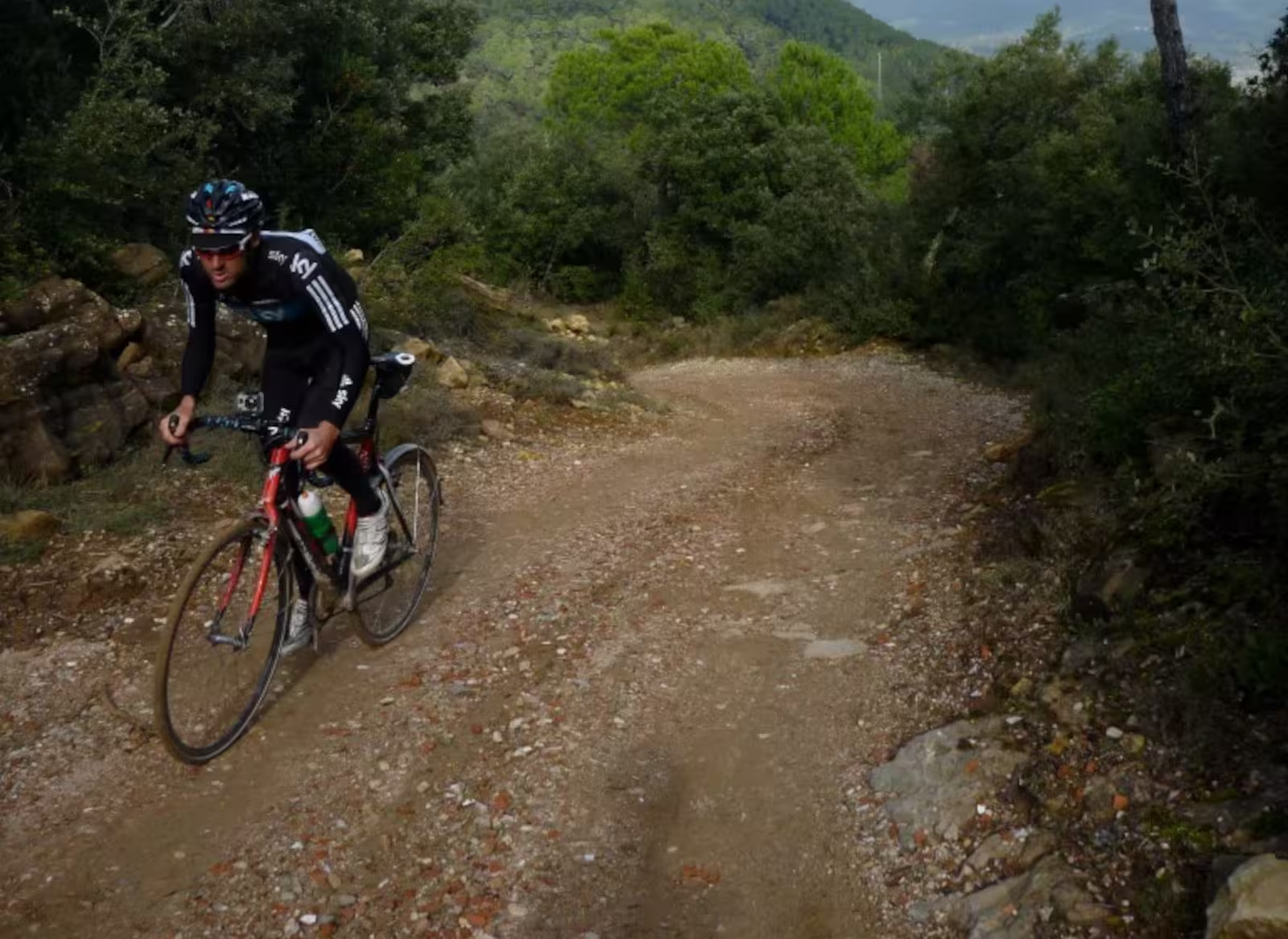When gravel racing began to grow in popularity across North America a decade ago, and as it progressively became a new category in the industry, the racing was still a unique adventure for most and, for many, a step away from the often cutthroat world of road racing. It was inclusive—everybody was welcome whether a rookie or veteran, while your age, gender, or the type of bike you rode didn’t matter. Gravel races popped up across North America, following the boom in Gran Fondos, which are mass participation events often run on open roads where riders don’t need licenses to compete, and the results are not as important as the post-race beer tents and BBQs.
The future of gravel
Most cyclists seek novel experiences where they can ride with their friends on unique and challenging courses and then, as the endorphins from the ride flow through their bodies, chat about their day over drinks and food. Most participants are content with a t-shirt or cap and a good day out on their bikes, despite the steep entry fee that is often charged. Gravel races appear on many bucket lists. For event promoters, they are easier to organize and more profitable than sanctioned road races, as there are rarely road closures and thus little or no police presence. Additionally, the categories are usually only segregated on results sheets, not at the start line. Like a randonnee or a club ride, riders are responsible for following traffic laws as they often ride on open roads when not on dirt tracks.
The event format remains the same today as it was a decade or so ago, but the racing has evolved to become fast and competitive, attracting professional cyclists from around the world who now are paid significant salaries to compete. The stakes have become high, and a victory in one of the major events will determine a rider’s income for the coming years. With the boom in gravel, the peloton size has ballooned, and often hundreds or even thousands of riders are spread out across hours. As a result, the format of many races needs to change, including the marquee event Unbound (an event in Kansas that draws thousands of riders), so that participants are better protected on the open road.
What’s changed?
The ethos of gravel racing was once that riders were to be self-sufficient and that perhaps a talented college kid without a fancy bike could be the first to the finish line. With the influx of industry money and prestige, that’s no longer the case.
Without categorization or…
Click Here to Read the Full Original Article at Canadian Cycling Magazine…

